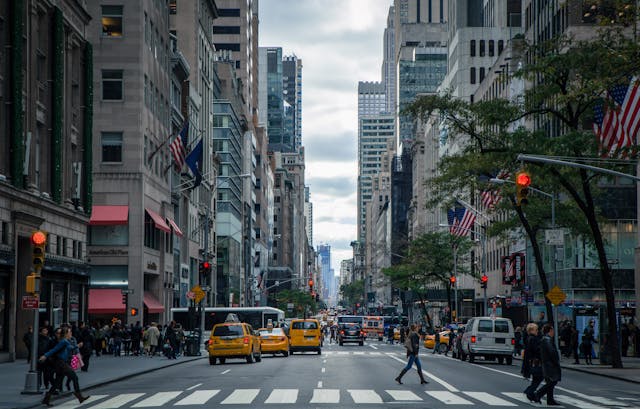Urban design is a powerful tool in shaping not just the physical landscapes of cities but also their social dynamics. As urban populations grow and diversify, the need for inclusive and innovative urban spaces has never been more critical. Social innovation—the process of developing and implementing creative solutions to address societal challenges—can thrive when integrated into urban design practices. By fostering inclusivity, equity, and accessibility, urban design can play a transformative role in creating cities that work for everyone.
Rethinking Public Spaces
Public spaces are the heart of any city. Parks, squares, and community centers serve as hubs for interaction, cultural exchange, and collective action. When designed with inclusivity in mind, these spaces can bridge social divides and foster a sense of belonging. Features such as wheelchair-accessible pathways, multilingual signage, and areas for diverse recreational activities can make public spaces welcoming to all, including marginalized groups such as individuals with disabilities, immigrants, and the elderly.
An exemplary case of this approach is the “Superblocks” project in Barcelona, Spain. By restricting car traffic in specific neighborhoods and repurposing streets into pedestrian-friendly areas, the project has not only reduced pollution but also created vibrant public spaces for community engagement.
Inclusive Housing and Mixed-Use Development
Housing policies and urban design are deeply intertwined. Inclusive urban design prioritizes affordable housing, mixed-use developments, and sustainable living environments. These initiatives help reduce socioeconomic segregation and promote diverse, interconnected communities.
For instance, Vienna’s social housing model integrates innovative design with affordability. By blending residential units with public spaces, green areas, and local businesses, these developments encourage social cohesion and economic activity while addressing housing shortages.
Mobility and Accessibility
Transportation is a cornerstone of urban inclusivity. Cities designed with efficient and accessible transportation systems enable people of all abilities to participate fully in urban life. Urban designers can incorporate features such as barrier-free public transit, bike-friendly infrastructure, and pedestrian zones to enhance mobility for everyone.
Copenhagen, Denmark, provides a stellar example. Its extensive cycling infrastructure not only reduces carbon emissions but also ensures equitable access to transportation. Additionally, initiatives like the introduction of tactile paving and audio signals at crosswalks demonstrate a commitment to inclusivity for visually impaired individuals.
Leveraging Technology and Smart Design
Advances in technology offer unprecedented opportunities for social innovation in urban design. Smart city initiatives that integrate digital solutions can enhance the inclusivity and efficiency of urban spaces. From real-time navigation apps for people with disabilities to data-driven planning that identifies underserved areas, technology is a key enabler of inclusive urban innovation.
Singapore’s “Smart Nation” initiative showcases how urban design can leverage technology to improve citizens’ quality of life. Features like smart traffic systems, digitally enhanced public housing, and e-government services are designed to be accessible to all, regardless of socioeconomic status.
Co-Creation and Community Participation
Inclusive urban design thrives on the active involvement of local communities. Co-creation—the process of engaging residents in the planning and design of their neighborhoods—ensures that urban spaces reflect the needs and aspirations of their users. Participatory design processes empower citizens, enhance social trust, and lead to solutions that are both innovative and practical.
In Medellín, Colombia, the transformation of informal settlements through participatory urban design has been remarkable. Projects like the Metrocable—a cable car system connecting marginalized neighborhoods to the city center—demonstrate how community input can drive inclusive urban innovation.
Challenges and the Way Forward
Despite its potential, inclusive urban design faces challenges such as funding constraints, bureaucratic hurdles, and resistance to change. Overcoming these barriers requires collaboration among policymakers, urban planners, architects, and civil society organizations. Additionally, fostering a culture of inclusivity in urban design education and practice is essential to drive long-term change.
Conclusion
Urban design is not just about constructing buildings and roads; it is about shaping societies. By embedding social innovation into the fabric of cities, urban design can address systemic inequalities, foster social inclusion, and enhance the quality of life for all residents. As cities around the world grapple with complex challenges, the role of urban design in building inclusive and resilient urban environments has never been more vital.
Author: Simona Naumoska






